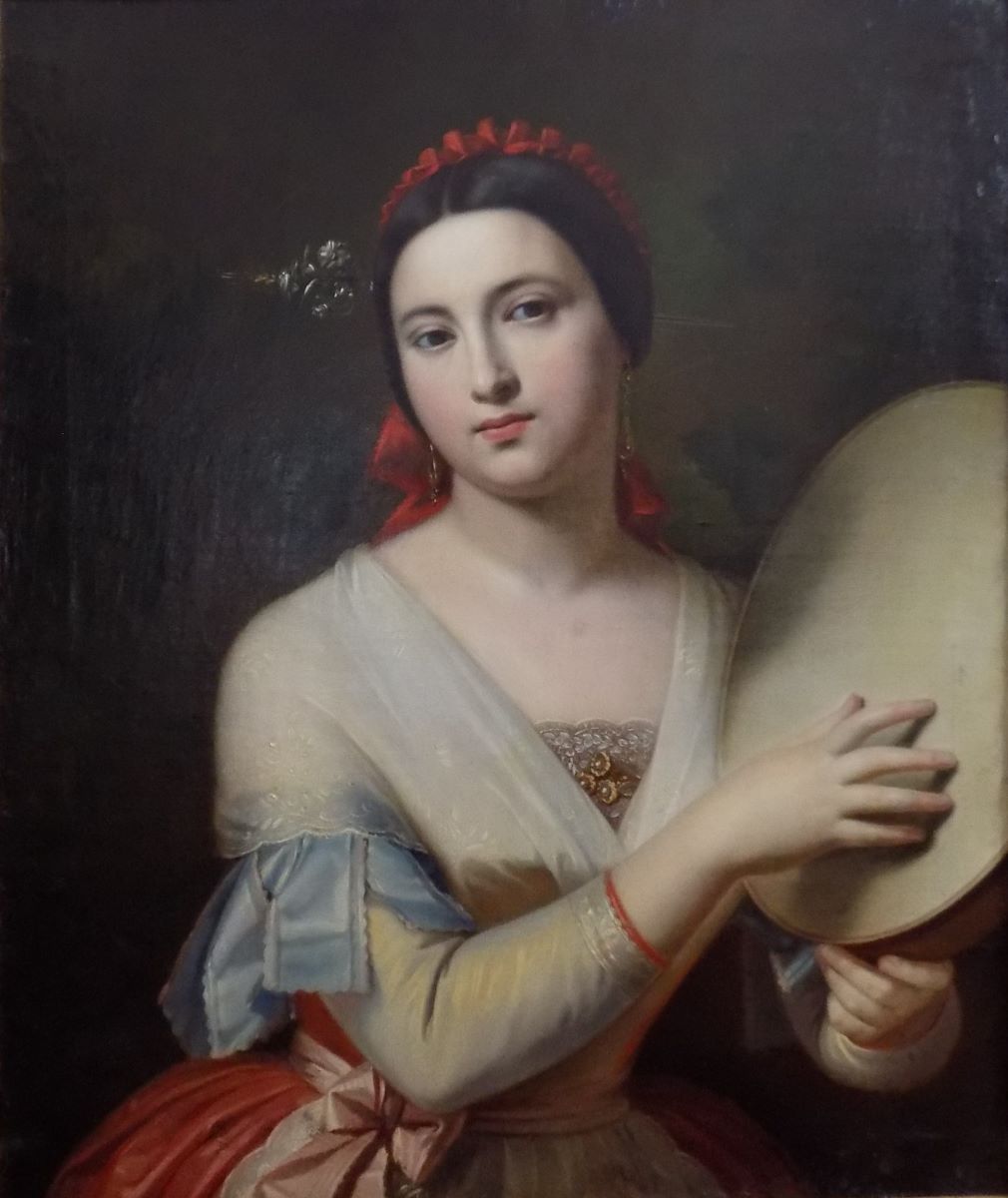The Color of Sound
Interpretations and Representations of Music in Romanian Art
Curators: Carola Chișiu, Cristian Vechiu
The exhibition “The Color of Sound” aims to explore the evolution of different musical typologies in the Romanian space, from the 19th century to the present day, through the medium of visual arts. A configuration of a musical history from the perspective of visual arts will highlight both the parallel course of the two phenomena — with modernity as a major reference point, embraced by both at the beginning of the 20th century — as well as the existing connections in the current period, where sound art and experimental music are increasingly intertwined with the field of visual arts.
Conceived as an eclectic, interdisciplinary, and historical project, the exhibition “The Color of Sound” will bring a novel approach to the complex universe of Romanian music. From the first studies and compositions of Dimitrie Cantemir to new experimental creations, the exhibition “The Color of Sound” will reveal both a trajectory often represented in visual art and echoes resonating from and toward the modern and contemporary history of visual arts.
The exhibition will outline two major lines of interest: the representation of the musical subject in Romanian art (thus, the thematization of music in art), and the relationship between musical art and visual arts throughout time (convergences, influences, differences, and conceptual directions).
The selection of artists is a generous one, including names such as Aeul, Raluca Arnăutu, Corneliu Baba, Aurel Băeșu, Traian Boldea, Henri Catargi, Evă Cerbu, Codruța Cernea, Andrei Chintilă, Alexandru Ciucurencu, Radu Comșa, Rudolf Schweitzer-Cupăna, Dimitrie Gora, Ion Grigorescu, Nicolae Grigorescu, Carol Hübner, Nicu Ilfoveanu, Sorin Ilfoveanu, Regina Ionescu, Iosef Iser, Ștefan Luchian, M.H. Maxy, Dragoș Mărgineanu, Theodor Pallady, Constantin Piliuță, Andrei Raicu, Alma Redlinger, Camil Ressu, Constantin Rusu & Peter Vukmirovic Stevens, Saddo, Eustațiu Stoenescu, Mihai & Horațiu Șovăială, Gheorghe Tattarescu, Roman Tolici, Alexandru Țipoia, Ionuț Vancea, Parton Vartanian, Mihai Zgondoiu.
“I was a sculpture student, but I didn’t understand anything about composition and its rules. That’s when I started attending Musical Composition classes at the Conservatory. They helped me enormously, and they still help me today to define my means, my composition, my own theme, and its variations.”
Napoleon Tiron (from a conversation on another topic), 02.05.2023
The exhibition will be accompanied by a catalog, which will include two essays signed by Cristian Vechiu (The Endless Journey of Sound Toward Color) & Erwin Kessler (Music, Our Daily Companion), as well as a series of interviews with contemporary Romanian artists about the role of music in their art.
Design & lay-out: Dan Ichimescu
Partners: VISP, UniCredit Bank
Media partners: Zile și nopți, Propagarta, ArteVezi
The exhibition is part of the project “Curator-Entrepreneur. Developing theoretical, technical, and practical skills of curating in the context of contemporary art museums” and is financed through the EEA Grants 2014–2021 within the RO-CULTURA Program. The project has a non-reimbursable value of 980,958.27 lei (199,446.62 euro) and runs for a period of 18 months.
The EEA Grants represent the contribution of Iceland, the Principality of Liechtenstein, and the Kingdom of Norway to reducing economic and social disparities in the European Economic Area and to strengthening bilateral relations with the 15 beneficiary states in Eastern and Southern Europe and the Baltic states. These funding mechanisms are established based on the Agreement on the European Economic Area, which brings together the EU member states and Iceland, Liechtenstein, and Norway as equal partners in the internal market. In total, the three states contributed €3.3 billion between 1994 and 2014 and €1.55 billion for the 2014–2021 funding period. More details are available at: www.eeagrants.org
and www.eeagrants.ro
The RO-CULTURA Program is implemented by the Ministry of Culture through the Project Management Unit and has the general objective of strengthening economic and social development through cultural cooperation, cultural entrepreneurship, and cultural heritage management. The Program’s budget is approximately €34 million. More details are available at www.ro-cultura.ro
